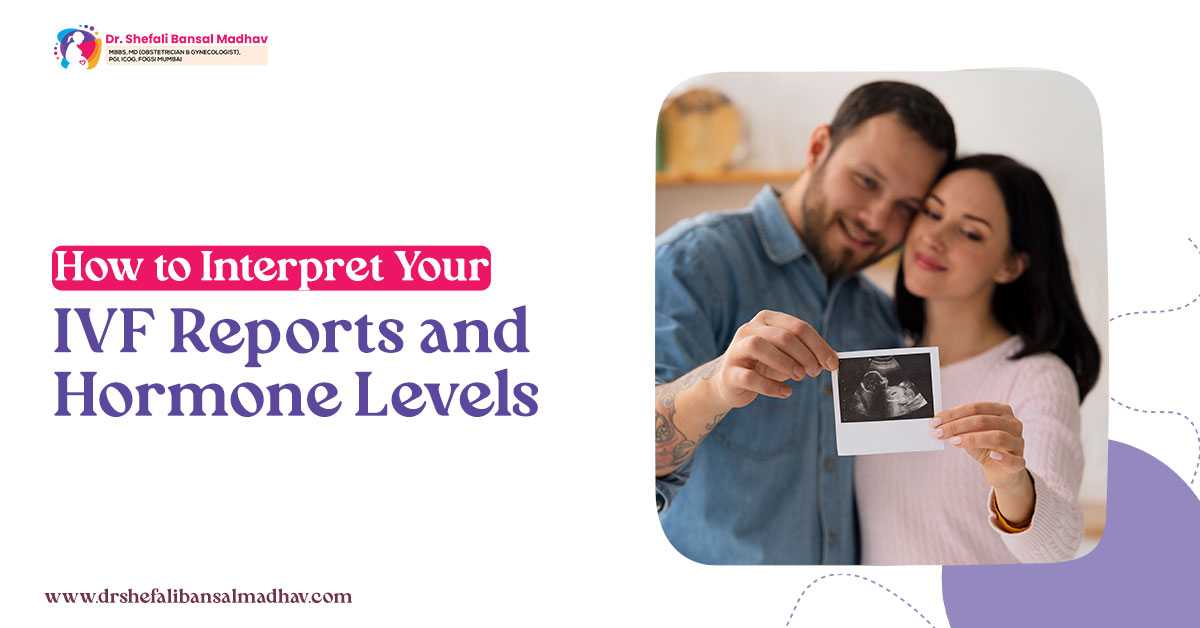Follicular monitoring is a terminology that is widely used by fertility specialists who are working in the field of assisted reproduction. Although follicular monitoring might be a term that might be relatively new to many, especially those who do not know about assisted reproduction or the techniques that are used by medical professionals in recent times.
It is important that follicular monitoring is described in a proper accurate and concise manner so that people become more aware of it and it is actively practiced by more medical professionals specializing in the field of reproduction.
In layman’s terms, follicular monitoring is a technique for scanning the woman’s body to look for the process of ovulation, that is, whether it is taking place correctly. In earlier days, other methods were used for follicular monitoring which have become non-relevant in the present times owing to the introduction of more modernized and effective methods.
The Women Who Require Follicular Monitoring
Usually, the women who are having issues with their ovulation cycle and are taking follicular medication for having a regular population cycle are the women who will need follicular monitoring.
In this process, the ovarian follicles are put under observation at regular intervals of time and the ovulation pathway is documented, to assess the morphological growth of follicles and whether they are functioning properly and accurately.
These days, follicular monitoring has overtaken the observation of ovulation in natural cycles or stimulated cycles in women. By monitoring these cycles the doctors are available to predict roughly 12 to 24 hours during which the woman is going to release a mature egg from her ovary which is the ideal time for the fertilization of the egg to take place as well.
The Benefits That Follicular Monitoring Offers
The following are the benefits of follicular monitoring as a medical procedure:
- It gives doctors a concise idea about the functional maturity of the follicles that are growing in the woman’s body.
- The approximate ovarian volume can be measured by the doctors.
- It gives the approximate idea about when intrauterine insemination or IUI is to be performed on the woman, depending on her ovulation cycle.
- The accurate timing for ovum pickup or egg collection in IVF cycles is also detected via follicular monitoring.
- The presence of any cysts or fibroids is ruled out by conducting this test.
- It also helps the doctor in determining whether the woman needs ovulation induction agents to facilitate the ovulation process.
Follicular monitoring is a recent and modernized process that facilitates the entire ovulation process in the woman’s body. Monitoring can be done using 2D ultrasound. Power doppler, pulse doppler, color doppler, 3D, and 3D power doppler. Transvaginal ultrasound (TVS) is always mandatory. Follicle size is normally expected to be 3-5 mm in diameter in the ovaries of an adult woman.
A healthy and successful reproductive process can be easily facilitated via this monitoring process. There are many options for assisted reproduction as a procedure, and if both partners of the couple are willing to take up these options, they can monitor the ovulation process via ultrasonography and accurately facilitate fertilization.
For more queries you can always consult with the best Fertility Specialist in Siliguri.
Comments (0)





